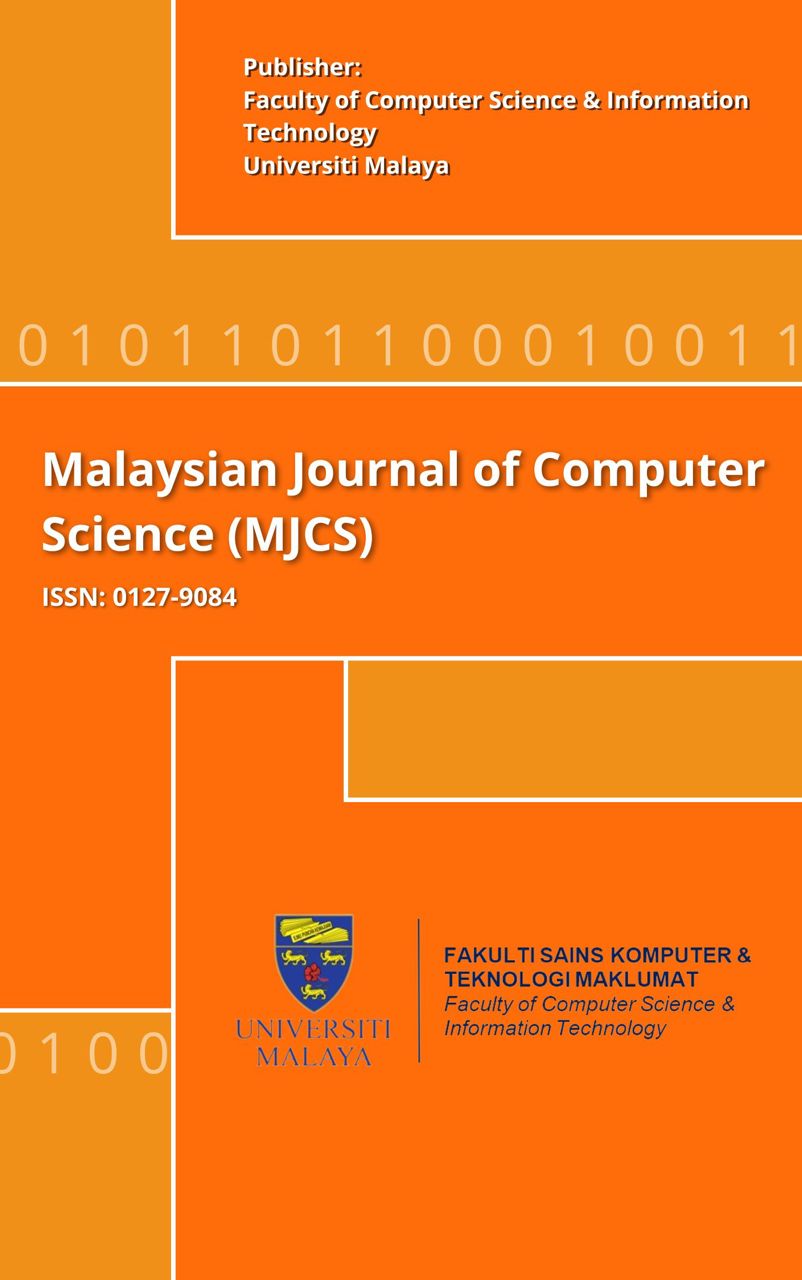Learning Ranking Functions For Information Retrieval Using Layered Multi-Population Genetic Programming
Main Article Content
Abstract
Ranking plays a key role in many applications, such as document retrieval, recommendation, question answering, and machine translation. In practice, a ranking function (or model) is exploited to determine the rank-order relations between objects, with respect to a particular criterion. In this paper, a layered multipopulation genetic programming based method, known as RankMGP, is proposed to learn ranking functions for document retrieval by incorporating various types of retrieval models into a singular one with high effectiveness. RankMGP represents a potential solution (i.e., a ranking function) as an individual in a population of genetic programming and aims to directly optimize information retrieval evaluation measures in the evolution process. Overall, RankMGP consists of a set of layers and a sequential workflow running through the layers. In one layer, multiple populations evolve independently to generate a set of the best individuals. When the evolution process is completed, a new training dataset is created using the best individuals and the input training set of the layer. Then, the populations in the next layer evolve with the new training dataset. In the final layer, the best individual is obtained as the output ranking function. The proposed method is evaluated using the LETOR datasets and is found to be superior to classical information retrieval models, such as Okapi BM25. It is also statistically competitive with the state-of-the-art methods, including Ranking SVM, ListNet, AdaRank and RankBoost.
